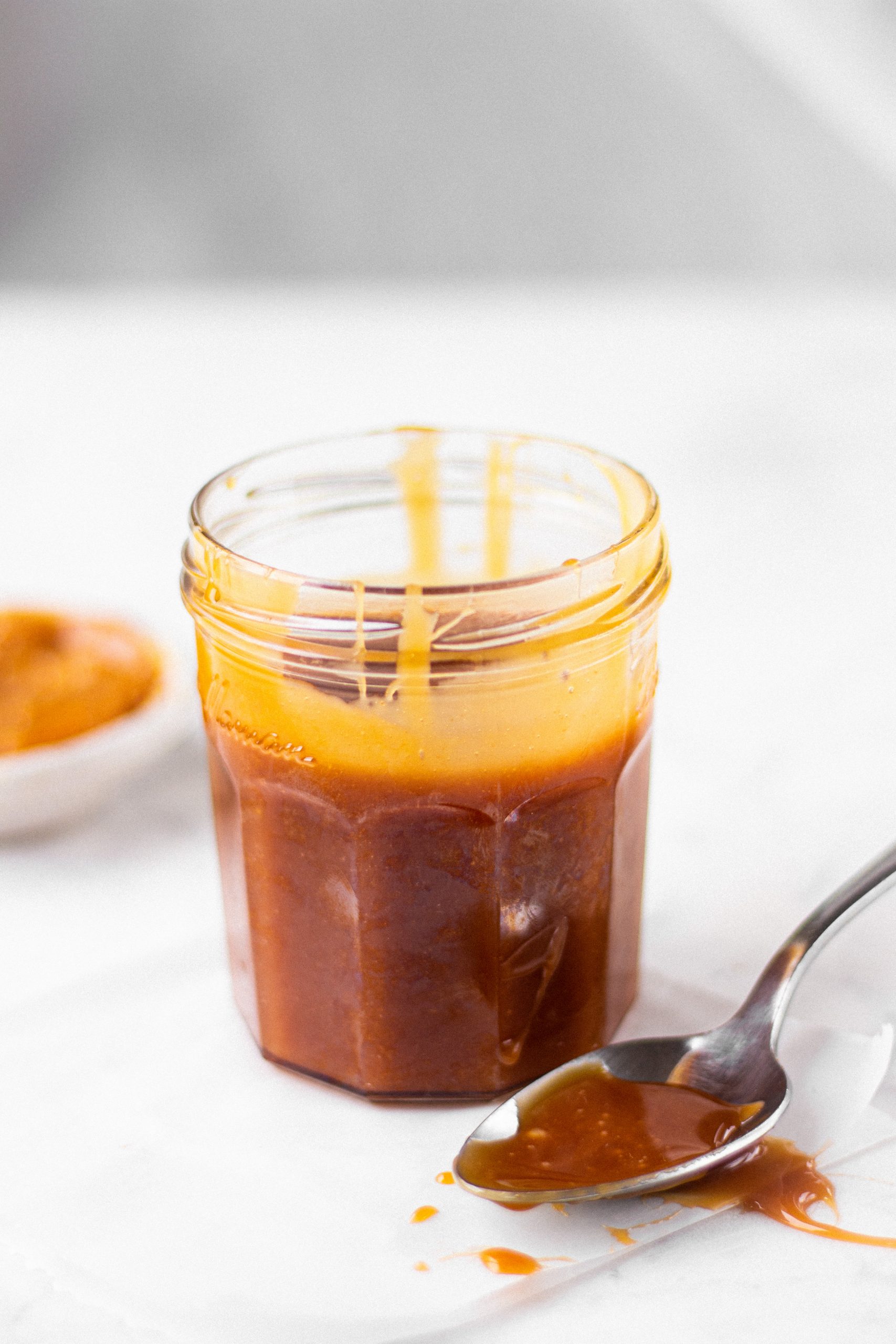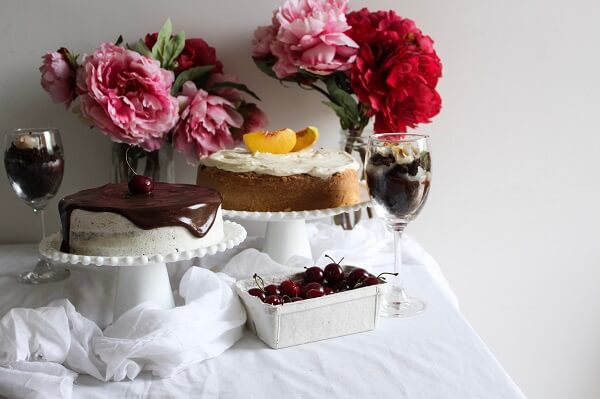As a passionate baker and food blogger, I’ve spent countless hours experimenting with recipes and perfecting techniques. However, amidst the excitement of creating delicious treats, one aspect that must never be overlooked is safety. Whether you’re a seasoned baker or a novice, ensuring a safe kitchen environment is paramount. This comprehensive guide covers essential safety tips and precautions that will help you bake with confidence and care.
Baking is a delightful and creative process, but it involves handling various tools, appliances, and ingredients that can pose risks if not used correctly. From sharp knives and hot ovens to electrical appliances and potential allergens, the kitchen is filled with potential hazards. Therefore, understanding and implementing safety measures is crucial. Not only does it prevent accidents and injuries, but it also ensures a more enjoyable and stress-free baking experience.
By following the safety tips and precautions given below, you can create delicious baked goods while keeping yourself and others safe. Remember, a safe kitchen is a happy kitchen. Happy baking!

Proper Use and Maintenance of Kitchen Equipment
- Read Manufacturer’s Instructions: Always read and follow the manufacturer’s instructions for any appliances you use.
- Avoid Water Exposure: Keep electrical appliances away from water to avoid the risk of electric shock.
- Inspect Cords: Regularly inspect cords for signs of wear and tear and replace damaged cords immediately.
- Clean and Sanitize: Clean and sanitize all tools and appliances after each use to prevent cross-contamination and ensure proper functioning.
Fire Safety and Oven Precautions
- Preheat Properly: Always preheat your oven as specified in your recipe.
- Never Leave Unattended: Never leave the oven unattended while in use.
- Keep Flammables Away: Keep flammable items, such as kitchen towels and oven mitts, away from the stovetop and oven.
- Have a Fire Extinguisher: Ensure a fire extinguisher is easily accessible and know how to use it.
- Use Oven Mitts: Always use oven mitts or pot holders when handling hot items.
- Open Oven Door Cautiously: Be cautious when opening the oven door to avoid burns from the rush of hot air.
- Pull Out Oven Rack: Always pull out the oven rack when checking on or removing food.
Hygiene and Food Safety

- Wash Hands Thoroughly: Wash your hands with soap and water before and after handling food.
- Clean Work Surfaces: Keep work surfaces, utensils, and equipment clean and sanitized.
- Handle Eggs Safely: Be aware of the risk of salmonella and avoid consuming raw batter with eggs.
- Cook to Proper Temperature: Ensure all baked goods are cooked to the appropriate internal temperature.
- Store Perishables Properly: Keep perishable ingredients, such as dairy products and eggs, refrigerated until use.
Handling Ingredients Safely
- Measure Accurately: Use the correct measuring tools for dry and wet ingredients to ensure accuracy and safety.
- Avoid Spills: Be precise when measuring ingredients to prevent spills and slippery surfaces.
Child and Pet Safety
- Keep Sharp Tools Out of Reach: Keep sharp tools and hot appliances away from children and pets.
- Supervise Children: Supervise children closely if they are helping in the kitchen and teach them safe kitchen practices.
- Restrict Pet Access: Ensure pets are kept away from the kitchen to prevent accidents and contamination.

Cleanliness and Organization
- Clean as You Go: Clean up spills and messes as you go to maintain a tidy and safe work environment.
- Organize Your Workspace: Keep your workspace organized and clutter-free to prevent accidents.
General Safety Tips
- Read the Recipe Thoroughly: Before you start, read the entire recipe to understand the steps and prepare all necessary ingredients and equipment.
- Wash Your Hands: Always wash your hands thoroughly with soap and water before handling food to maintain hygiene.
- Wear Appropriate Clothing: Avoid loose clothing and tie back long hair to prevent it from getting caught in appliances or catching fire.
- Use an Apron: Wear an apron to protect your clothes from spills and stains.
SAFETY PRECAUTIONS WITH EXAMPLES
Example: Homemade Bread

- Use Proper Techniques: Kneading dough can be physically demanding. Use proper kneading techniques to avoid straining your wrists and hands.
- High Temperatures: Bread often bakes at high temperatures. Always use oven mitts when placing or removing bread from the oven.
- Steam Burns: Some bread recipes require adding water to a hot oven to create steam. Be cautious to avoid steam burns. Pour water into a preheated pan or tray in the oven carefully.
Bread Recipes to try :
Example: Caramel Sauce

- Have Everything Ready: Caramelizing sugar happens quickly, so have all your ingredients measured and ready before starting.
- Use a Heavy-Bottomed Pan: This helps distribute heat evenly and prevents the sugar from burning.
- Constant Monitoring: Sugar can go from caramelized to burnt very quickly. Watch it closely and stir occasionally to ensure even melting.
- Avoid Water: Keep water away from the caramelizing sugar to prevent it from seizing and splattering.
- Slowly Add Liquids: When adding cream or other liquids to hot caramel, do so slowly and carefully as it will bubble up vigorously.
- Use Long-Handled Utensils: Protect yourself from steam burns by using long-handled utensils when stirring the caramel.
Caramel recipes to try:
Example: Apple Pie

- Chill Ingredients: Keep butter and water chilled for a flaky crust. Use a pastry cutter or food processor to mix without overworking the dough.
- Rolling Dough: Use a lightly floured surface and rolling pin. Roll from the centre outward to prevent sticking.
- Juicy Fillings: Fruit fillings can release a lot of juice. Use a slotted spoon to transfer the filling to avoid excess liquid that can cause spills and burns.
- Hot Pie: Pies can stay hot for a while. Allow them to cool slightly before serving to prevent burns from hot fillings.
Pie recipes to try:
Example: Layered Birthday Cake

- Avoid Overmixing: Overmixing can lead to tough cake textures. Follow the recipe instructions for mixing times.
- Beater Safety: If using an electric mixer, ensure it is turned off before scraping the bowl or removing the beaters.
- Cooling Time: Allow cakes to cool in the pan for a few minutes before transferring them to a wire rack. Use a knife to loosen the edges if necessary.
- Knife Safety: Use appropriate tools like spatulas for frosting. When cutting the cake, use a sharp knife and cut away from your body.
- Avoid Overloading: Do not overload the cake with heavy decorations that could cause it to collapse or become unstable.
Layered Cakes to try:
BIRTHDAY CAKE CHOCOLATE CHIP CAKE
Example: Cookies

- Avoid Raw Dough Consumption: Do not eat raw cookie dough containing raw eggs or raw flour to prevent the risk of salmonella or E. coli.
- Mixing Dough: When using an electric mixer, start on a low speed to avoid splattering ingredients.
- Hot Baking Sheets: Baking sheets get very hot. Use oven mitts and place them on heat-resistant surfaces.

 Hello. I'm Shivesh Bhatia, a food blogger and food stylist from Delhi, India. Welcome to Bake With Shivesh, where I'll help you create magic in your kitchens with my simple recipes.
Hello. I'm Shivesh Bhatia, a food blogger and food stylist from Delhi, India. Welcome to Bake With Shivesh, where I'll help you create magic in your kitchens with my simple recipes.
Leave a Reply